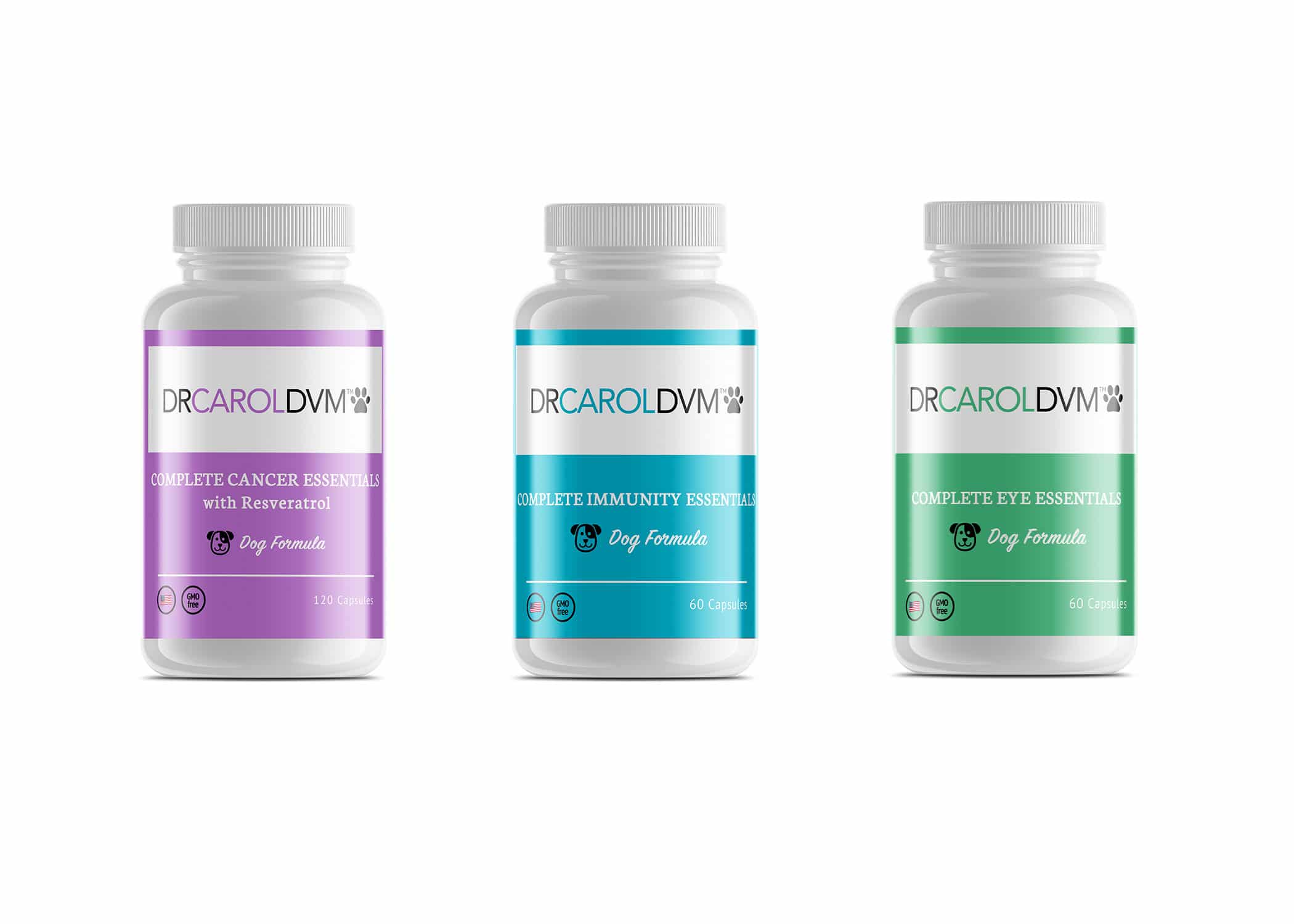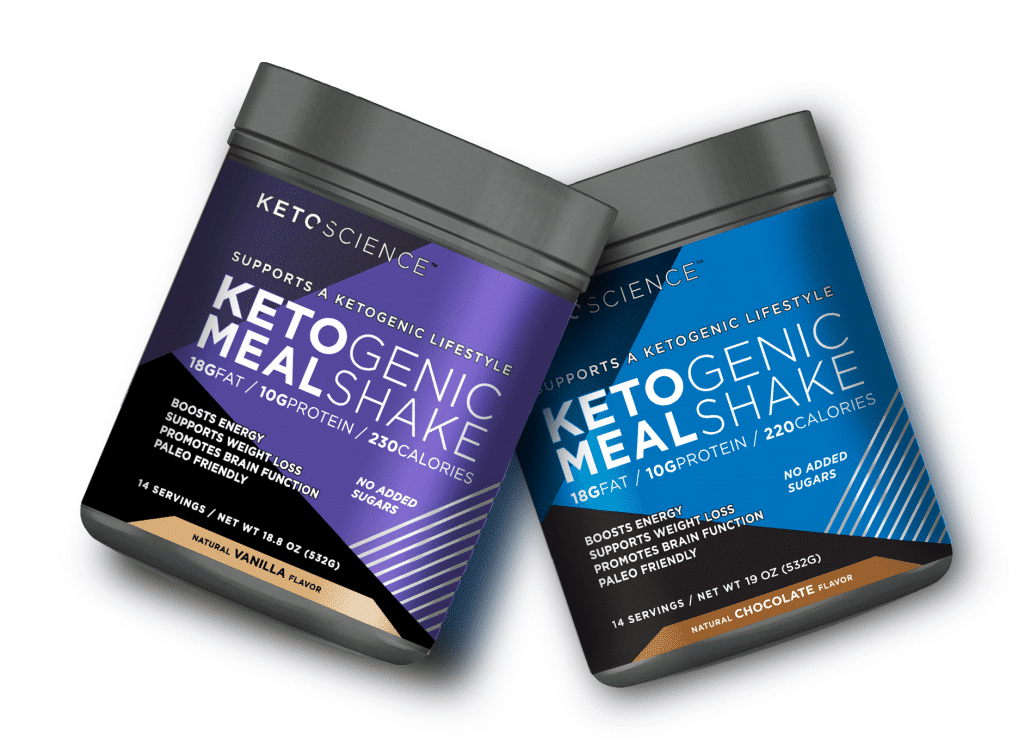Do you want know how to start your own supplement line but aren’t sure where to begin?
Starting your supplement line can be a profitable business. The wellness industry is booming—it’s currently worth $1.5 trillion and growing every year!
Maybe you have a passion for herbs and natural healing. Or perhaps you have relied on vitamins or supplements yourself and want to share that success with the world. Whatever your reason, starting a vitamin or supplement line is a solid business idea. You just need the right steps in place to launch successfully.
Read on to find out how to start your own supplement line! If you are starting a supplement product, check out our Supplement Label Design guide.
Step 1: Think About What Kind of Products Before Starting Your Own Supplement Line
When you’re first starting in the health and wellness industry, it can seem overwhelming. Do you plan to have organic herbal products? Or are you going to offer a gummy multivitamin? Do you have only one product or will you offer a few selections?
You don’t have to have all the answers right away—you’ll narrow down your ideas in the next few steps! But you do want to have some idea of what your business will look like.
Think about why you are starting your own supplement or vitamin line. Is it to offer quality supplements? Assist with weight loss? Or offer holistic healing?
Start to get a vision in mind for what you want your line to stand for.

Step 2: Determine Your Target Audience
Once you have an idea for your vitamin or supplement line that you are excited about, it’s time to get clear on who your customers will be.
Identifying your Target Customers
Your target audience will inform every decision you make for your business—from your niche to your branding to your marketing.
You might choose to target middle-aged women who are looking for natural healing alternatives. Or perhaps your supplements appeal to body builders or weight loss enthusiasts. Maybe your line will sell to postpartum women trying to improve their health and recover from birth. You might even create supplements for pets! (The pet industry is growing exponentially.)
There’s no wrong target audience to serve—you just need to figure out who is looking for the products you can offer!
Valure Proposition Canvas
If you find yourself getting stuck, consider using the Value Proposition Canvas to help guide you. The VPC is a tool that helps you get clear on how your products relate to the customers you want to serve.
The more specific you can get on your target audience, the better. Think about their age, gender, income level, and, most importantly, their pain points and desires. That will help you figure out how to solve their problems!
Conduct Meticulous Market Research
Before developing any products, you need rock solid validation that a market opportunity exists. Dig into consumer trends, unfulfilled needs, and underserved demographics through online research, surveys, social media listening and seeking feedback from your potential customer base. Identify the “white space” your vitamin line can uniquely fill. Check out our post on our step-by-step guide on Market Research for Launching New Products.
Step 3: Carve Out Your Niche and Your Unique Selling Proposition
Now that you have your target audience in mind, it’s time to figure out what makes your business stand out!
You want to choose a profitable niche, and figure out your USP or unique selling proposition—the differentiator that sets you apart from everyone else.
Your niche needs to center around your target audience. For example, if you want to serve women who suffer from hypothyroidism, your supplement line could offer thyroid and iodine supplements. If you want to serve an older demographic who struggle with arthritis pain, you might make herbs or CBD supplements that offer pain relief.
Another great way to figure out your niche and your USP is through competitor research. You want to get a feel for what your competitors offer, and what holes in the marketplace still need to be filled. Pay attention to how they position themselves, the branding elements they use, and their marketing strategies.
Figure out what you can bring to the table that your competitors aren’t offering.

Step 4: Understand the Laws and Compliance
When you start your own supplement line, you’re entering a heavily regulated industry. Because of that, you need to get clear on the laws, regulations, and requirements before you start trying to sell.
All vitamin and supplement lines have to follow the Dietary Supplement Health and Education Act of 1994 (DSHEA) and FDA regulations.
These regulations come into play in particular with the way you make product claims. For example, you can’t just take a vitamin that’s intended to support immunity and claim it helps you lose weight. You also can’t promise results that your customers might not achieve.
Spend some time getting familiar with the FDA regulations for dietary supplements. It might be a wise idea to consult a lawyer as well—you want to ensure that you’re following the laws to avoid getting shut down or fined.
Step 5: Starting Your Own Supplement Line Legally

In addition to the laws and compliance from the FDA, you’ll need to make sure that your business is set up legally.
Some states require you to hold a business license or a sales tax permit. Others have different regulations and certifications. Check the requirements for your state and make sure that you apply for any licenses you need.
You’ll also need to form your business with the right legal structure. You might choose to start as a sole proprietorship or a general partnership. With those options, you’ll save money and be able to start your business with ease. (You’ll likely just need to apply for an EIN, a federal tax number, and a DBA, or “doing business as” with the business name you want to use.)
However, there are advantages to forming a corporation, like an LLC, an S Corp or a C Corp. When you do that, your personal assets are separated from your business, meaning you have liability protection in case of lawsuits.
Whatever business structure you choose will come with legal requirements you might need to keep up with annually. Make sure you understand what your obligations are!
Step 6: Locate a Supplement Manufacturer
Making your supplements can be very simple or very complicated. If you are creating herbal capsules made from pure ingredients, you might be able to manufacture your own products.
But most of the time, you’ll need to bring in a third-party supplement manufacturer. Supplement manufacturers will create the supplements for you and can help ensure that your business is following federal guidelines.
Make sure you choose a supplement manufacturer who is GMP certified (meaning they have proven they are up to date on the FDA’s good manufacturing practices). Ask about their qualifications, certifications, and experience.
Additionally, if you want your products to have any specific certifications (like organic, vegan, or cruelty-free,) you’ll want to ensure that your manufacturer can attain those.
Spend plenty of time vetting potential manufacturers, asking them questions, and getting clear on expectations. Some manufacturers are turnkey, meaning they provide everything you need (including testing, packaging, labeling, and even distribution). Others just provide some of those services.
You’ll want to choose a supplement manufacturer that best fits your needs.
Check out our podcast. We have helpful interviews with a supplement formulator, ingredients supplier, supplement manufacturer and regulatory expert.
Step 7: Starting Your Brand
Before you launch your product, you want to think about what your overall brand looks like. A brand is more than the business itself—it includes all the elements (such as your logo, packaging, business name, tagline, brand colors, and brand story). It also includes the emotions, feelings, and connections your audience associates with your brand.
When starting your own supplement line, think about your niche, your USP, and your audience. Those factors need to play a role in creating your brand elements.
Partnering with an experienced CPG packaging design agency is essential because they bring expertise in branding and product packaging, crucial elements for launching a successful vitamin or supplement line.
Your logo and packaging, for example, should resonate with your audience. The way your product looks needs to draw your customers in, while your tagline and packaging copy need to encourage engagement and invite them to want to learn more.
Because of FDA rules for dietary supplement labels, you’ll also need to consider how you can do more with less. Use the limited space you have to command attention.
You’ll need to consider the colors, your imagery, and your typography. How do those elements work together to highlight what makes your brand special and what you offer for your clients?
For example, Alkaline Herb Shop’s clean, apothecary look establishes them as a source of reliable, natural herbal products. Their branding includes fresh elements, such as images of herbs, with a minimalistic look to attract their audience.
Keto Science, on the other hand, is a wellness line of ketogenic dietary supplements. Their branding is bold, modern, and powerful, appealing to a fitness-oriented clientele.

Working with a seasoned branding agency or a designer can help you figure out how all of your elements come together to establish the brand that aligns with your vision.
Step 8: Ensure that Your Label Follows Industry Standards
When you start to create your vitamin or supplement label, you’ll also need to make sure that it adheres to FDA guidelines.
The FDA requires that you be transparent and open with the ingredients in your products. Some ingredients need very specific labeling, like iron, which needs to incorporate a warning statement.
Your dietary supplement label has to contain the following:
- Name of the supplement
- Net quantity of the supplement
- Name and address of manufacturer or distributor
- Front of label says “Dietary Supplement” or similar descriptor such as “Herbal Supplement”
- Ingredients – listed according to amount (highest to lowest), any allergens or possibilities of ingredients cross-contaminated with allergens
- Supplement Facts panel, including Serving Size, Percent of Daily Value, Amount Per Serving, and nutrition facts.
- The following FDA disclaimer should appear in an outlined box. “These statements have not been evaluated by the Food and Drug Administration. This product is not intended to diagnose, treat, cure, or prevent any disease.”
- Directions or suggested use
- Any artificial flavor or preservative added – included in ingredients list
- Warning statements (if required)
Also recommended:
- Barcode – scanned at checkout
- Storage recommendation
- Expiration date & lot number
- Country of origin

Step 9: Decide Where and How to Sell Your Supplement Products
You’ll also need to figure out where and how you plan to sell your vitamins or supplements.
Selling your supplements online is a great way to build brand awareness and expand your reach. You’ll need to have a website set up for e-commerce that allows customers to easily purchase your products.
You might also consider selling your vitamins or supplements wholesale to larger retailers. When you first start out, reaching out to local grocery stores or specialty stores is a good place to start. As you start to gain some traction, you can also contact distributors that can help land your products in larger chain stores.
Remember that the more professional your vitamin or supplement brand appears, the more likely you are to get picked up by distributors and retailers. Having professional branding elements will make your products look more trustworthy and give your brand a sense of credibility.
Step 10: Market and Share Your Supplement Line
Create a strong marketing strategy with social media platforms and email marketing campaigns. Network with influencers and potential customers, and spend time forging relationships and building brand loyalty.
As you start your own vitamin or supplement line, remember that starting a business takes time, dedication, and commitment! Your line might not be an overnight success, but consistency and determination will help you succeed.
At Crème de Mint, we’ve partnered with many herbs and supplement lines, including Alkaline Herb Shop, Keto Science, RapidFire, and Dr. Carol, DMV. Our award-winning packaging design agency would love to help you get started with your herb or supplement line. Contact us today for a consultation! Learn more with our Supplement Label Design guide.



